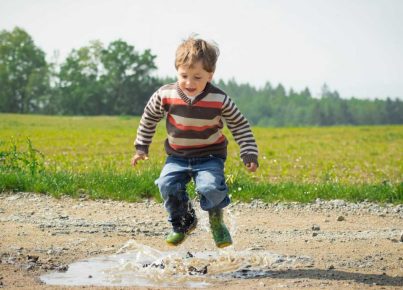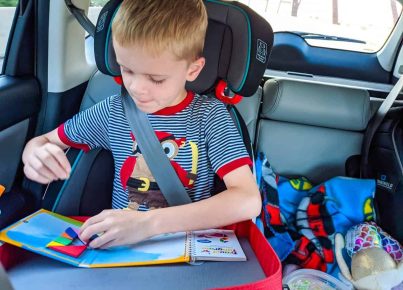Introduction:
Every child is born with an innate sense of wonder and curiosity. This natural curiosity can be channeled into a love for science if fed with the right ingredients. Combining the world of magic with scientific concepts can create a fun and exciting learning environment that keeps children engaged and entertained. In this article, we explore various magic science lessons designed to stimulate young minds while making learning enjoyable.
1. The Levitating Ring
Introduce your students to the concept of magnetism in this magical science lesson. Provide each child with a strong ring-shaped magnet and a long wooden dowel. Place the magnet on the dowel’s end and instruct the students to hold the dowel upright. With just the right balance, the magnet should appear to defy gravity as it “levitates” in midair. Explain how magnetic forces create invisible fields that can attract or repel, causing this fascinating phenomenon.
2. The Disappearing Ink
Teach your students about pH levels using disappearing ink made from cabbage juice. Using red cabbage, extract its juice by boiling it in water. Present a demonstration where you write secret messages on paper using the cabbage juice, which appears purple at first, but turns invisible once dried. Unveil your secret message by painting over it with an acidic solution (e.g., diluted lemon juice), which lowers the pH level causing the ink to turn pink.
3. The Color Changing Flowers
Get your students excited about capillary action by conducting this visually captivating experiment! Give each student a white flower, preferably carnations, along with cups filled with water dyed with food coloring. Instruct them to place their flowers in the cups overnight, observing how they change color as time passes. This experiment provides an excellent opportunity to explain how plants move nutrients through their veins.
4. Magical Bouncing Bubbles
Introduce your young wizards to the realm of surface tension and evaporation by teaching them how to create magical bouncing bubbles. In this lesson, you’ll need a mix of water, dish soap, sugar, and glycerin for a thicker bubble solution. Using clean gloves or a damp cloth, children can bounce these bubbles in their hands without popping them. Dive deeper into the science behind these bubbles and observe your students’ fascination grow.
5. The Enchanted Lava Lamp
Allow your students to create their homemade lava lamps with nothing but a clear plastic bottle or jar,tap water, food coloring, vegetable oil, and Alka-Seltzer tablets. Explain how the oil and water separate due to differences in their densities. The excitement develops once they add the Alka-Seltzer tablets which cause the colored water droplets to rise and fall in an enchanting dance.
Conclusion:
With these magic-themed science lessons, you can add a touch of wonder to everyday educational activities. By giving students interactive learning experiences that combine scientific concepts with magical elements, you’ll keep them eager to explore new possibilities. Embrace the excitement of magic while opening doors for future scientists, engineers, and curious minds.





